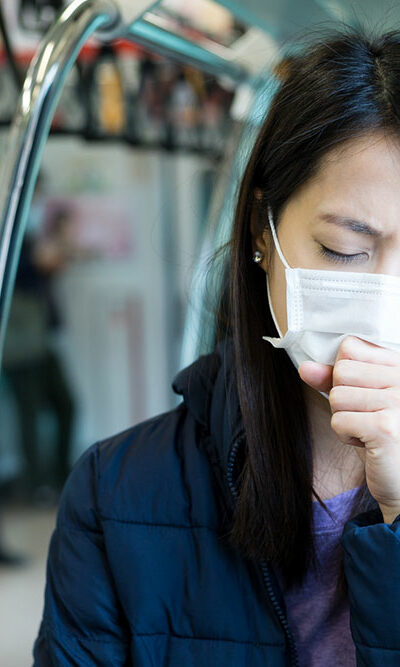
4 high-risk public places for respiratory viruses
Respiratory viruses are a global health concern, leading to many illnesses and diseases that can be prevented cautiously. These viruses usually spread through contact with contaminated spaces, airborne droplets, aerosols, and similar mediums. Some public places can be at high risk for spreading such respiratory viruses, and it is essential to be careful of such spaces. Here are a few places where viruses can spread rapidly: 1. Public transport Nearly everyone takes public transportation, if not within the city, but to travel outside the city, country, or continent. This involves going through crowded spaces, buses, airplanes, and trains. These are often hotspots for disease spreading, as public transport mediums are always filled with people. They are poorly ventilated, so respiratory droplets can easily infect anyone. There are frequent touchpoints, like surfaces like seats, handrails, and even door panels. 2. Entertainment venues Places like concert halls, sports arenas, theaters, and wedding venues are a few examples of high-risk zones for respiratory viruses. Activities like singing and cheering can release more respiratory droplets in the air, which can easily affect some people. If it is an indoor seating venue, the ventilation is not good enough to filter out the toxins, and it does not help that all the people are sitting near each other, which increases the risk of transmission. 3. Hospitals Hospitals or emergency care centers are filled with patients with possibly weakened and vulnerable immune systems and illnesses. This makes them more susceptible to infections and also carriers of some infections. One also comes into contact with healthcare providers who tend to patients who are carriers of viruses. While they take appropriate preventive measures, there could still be asymptomatic or pre-symptomatic carriers of respiratory viruses, which can quickly be passed on to patients or other visitors. 4. Long-term care facilities In nursing facilities, an aging population often stays there, making them more susceptible to contracting viruses and illnesses.










